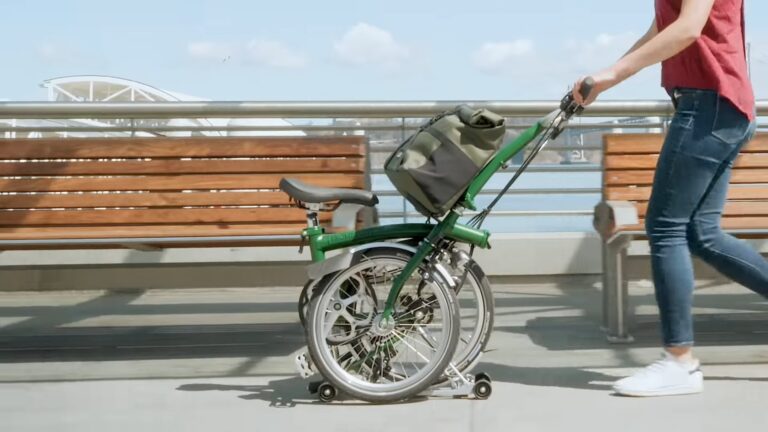As a frequent traveler and urban commuter, I’ve always been fascinated by the convenience of folding bicycles. The compact size, combined with the freedom to navigate city streets, makes them an appealing choice for many.
But, like other enthusiasts, I’ve often wondered about their speed capabilities. Can these compact wonders match up to their full-sized counterparts in terms of speed? And if not, what can we do to boost their performance?
Showing the Ropes
Folding bicycles are marvels of engineering, specifically designed to be compact and portable. They cater primarily to commuters and travelers who have limited storage space but don’t want to compromise on mobility.
Design and Functionality
Primarily, folding bicycles are designed for convenience. Their primary feature is the ability to fold into a compact size, making them ideal for those who might need to hop on public transport or stow away their ride in small spaces.
Traditional bicycles usually prioritize speed and ride quality. The larger wheel size and elongated frame contribute to stability and faster speeds. In contrast, folding bicycles prioritize portability, which can sometimes come at the expense of speed.
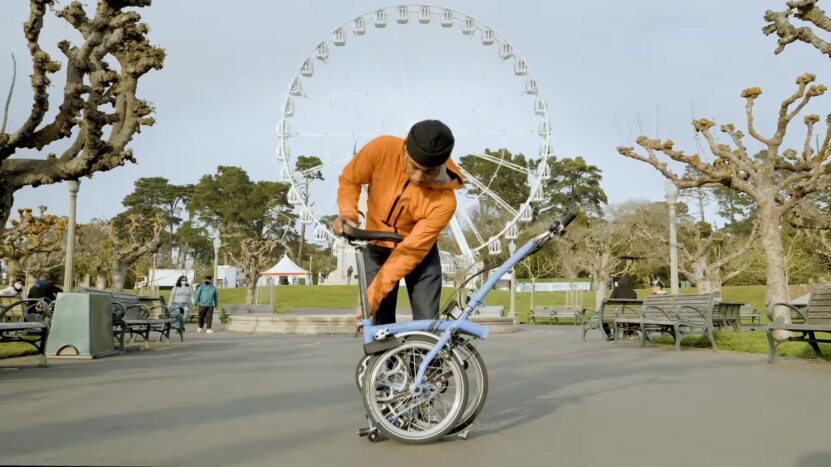
Factors Affecting Speed
Speed isn’t just about the design of the bicycle; other factors play a crucial role as well. From the size of the wheels to the weight of the rider, various elements come into play.
- Wheel size: Typically, folding bicycles have smaller wheels than standard bicycles. While this contributes to their compactness, it can also mean they cover less ground per rotation, potentially leading to slower speeds.
- Frame design: The frame of a folding bicycle is often more upright and shorter than traditional bicycles. This design can impact the aerodynamics, with riders sitting in a position that might create more wind resistance.
- Gearing system: Just like any other bicycle, the gearing system on a folding bicycle can significantly influence its speed. A wider range of gears allows for better adaptability to different terrains, which can enhance speed.
Typical Speed Ranges for Folding Bikes
You might be wondering, “Just how fast can these portable marvels go?” Well, the answer largely depends on their use-case and the conditions in which they are ridden.
Average Speeds for Commuting and Leisure
- Speeds based on terrains (flat vs. hilly): On flat terrains, a folding bicycle can average speeds between 10 to 16 mph for most riders. On hilly terrains, this speed might drop due to the bike’s design and the effort required to climb.
- Speeds based on purpose (commuting vs. recreational): When used for commuting in busy urban areas with stop-and-go traffic, the average speed might hover around the 10-14 mph mark. For recreational use on open paths, the speed could be a bit higher, perhaps reaching up to 16 mph for some riders.
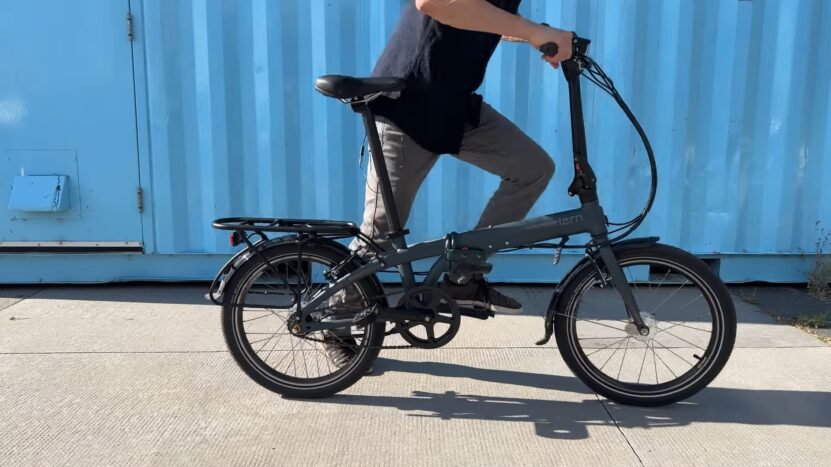
Maximum Speed Achieved by Professional Riders
- Speed records with folding bicycles: It’s worth noting that some professional riders have pushed the limits of these bicycles, achieving impressive speeds. Some have reported reaching speeds upwards of 30 mph, but this is not typical for the average rider.
- Limiting factors in reaching top speeds: Several factors can limit the top speed of a folding bicycle, including wheel size, frame design, and aerodynamics. Additionally, the smaller size might make it more challenging to generate the same power output as on a larger bicycle.
Ways to Increase the Speed of a Folding Bike
Just like with any vehicle, there are ways to enhance the performance of a folding bicycle. From mechanical adjustments to aerodynamic improvements, several methods can help boost its speed. Now let us go through methods that can help you increase the speed of a folding bike.
Mechanical Adjustments
These adjustments largely focus on the physical components of the bicycle. A more efficient gearing system can enhance speed. Consider adding more gears or switching to a system that offers a wider range, allowing for better adaptability to different terrains and the potential for higher speeds.
| Area of Focus | Description |
|---|---|
| Lightening the Bike’s Weight | Improves acceleration and ease of maintaining higher speeds. |
| Choosing Lightweight Components | Prefer materials like aluminum or carbon fiber for upgrades. |
| Importance of Material Selection | Lighter materials boost speed and enhance bicycle handling. |
While this might compromise the bicycle’s compactness, larger wheels cover more ground per rotation, leading to potentially faster speeds.
Aerodynamic Improvements
Air resistance can be a major speed-reducing factor, especially at higher velocities. By making a few tweaks, it’s possible to cut through the air more efficiently.
- Adjusting Rider’s Position:
-
- Impact of posture on wind resistance: A more streamlined posture can significantly reduce wind resistance. By lowering the body and keeping the arms close, you create a smaller profile against the wind.
- Techniques for optimal positioning: Consider adjustable handlebars or a different seat to help achieve a more aerodynamic riding position.
- Accessory Choices:
-
- Streamlined bags and attachments: Opt for aerodynamic bags and attachments that hug the frame, reducing the areas where wind might catch.
- Importance of minimizing drag: Every accessory added to the bicycle should be evaluated for its potential drag. Streamlining these can result in noticeable speed gains.
Routine Maintenance for Optimal Performance
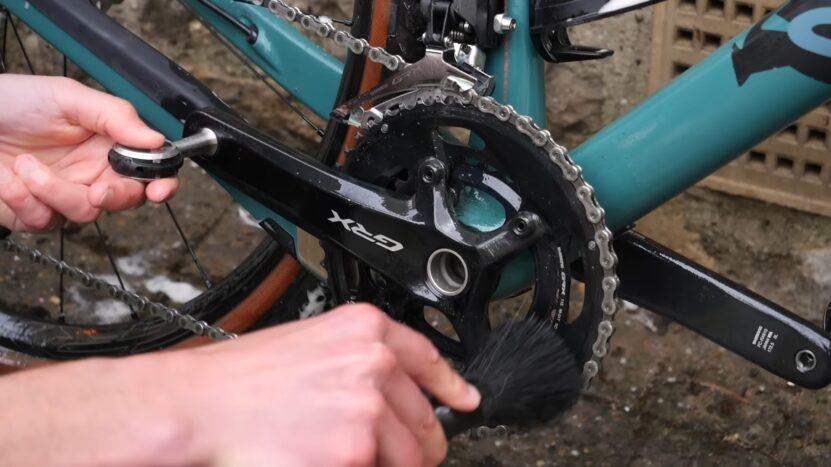
Keeping the bicycle in peak condition is crucial. A well-maintained bike not only lasts longer but also rides faster. Like any vehicle, regular check-ups ensure that everything is functioning correctly. It can prevent small issues from becoming significant problems that might slow you down.
Regularly check parts like brakes, tires, and chains. Ensuring these are in top condition can make a noticeable difference in performance.
Precautions and Considerations
While the thrill of speed can be exhilarating, safety should always be the top priority. Additionally, it’s essential to be aware of the potential trade-offs when making modifications.
Safety Implications
As speed increases, so does the potential for accidents. It’s crucial to be fully in control and aware of surroundings, especially in busy urban areas. If you’re pushing the bicycle to higher speeds, ensure that the brakes are up to the task and that you’re comfortable with the bicycle’s handling at those velocities.
Balancing Speed with Utility
| Aspect | Consideration |
|---|---|
| Trade-off between Portability and Speed | Balance speed with the bike’s primary purpose: portability. |
| Modifying a Folding Bicycle | Larger wheels increase speed but reduce compactness when folded. |
Cost Implications
While some upgrades might seem appealing, they can come with a hefty price tag. It’s essential to evaluate whether the potential speed gain is worth the investment.
Consider both the tangible benefits, like increased speed, and the intangible ones, like personal satisfaction or enhanced riding experience, when assessing the value of upgrades.
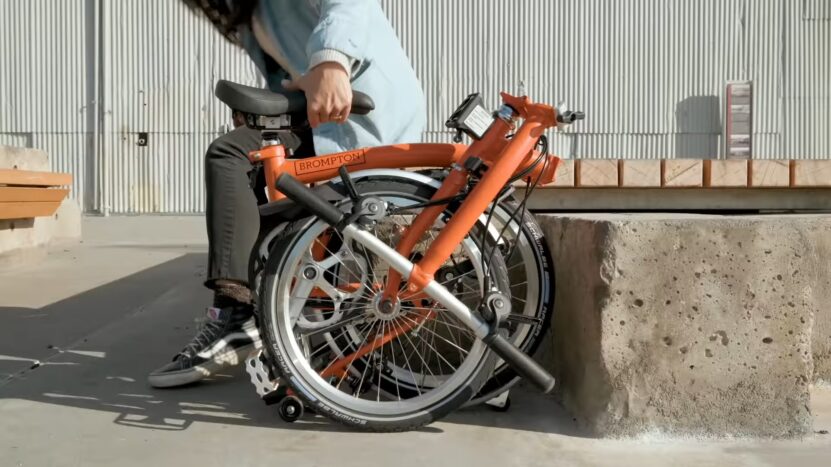
FAQs
Is it expensive to modify a folding bike for increased speed?
The cost can vary based on the type of modifications. Simple adjustments, like altering the rider’s position, might be relatively inexpensive. Major upgrades, such as switching to a high-end gearing system or lightweight materials, can be more costly.
Can folding bikes be as fast as regular bikes?
While folding bikes are designed primarily for portability and convenience, they can reach competitive speeds, especially with modifications. Due to design constraints like smaller wheels, they might not naturally match the top speeds of full-sized bikes.
Is it safe to increase the speed of my folding bike?
While enhancing speed can be exhilarating, safety should always be paramount. Ensure that any modifications don’t compromise the bike’s stability or handling. Also, consider upgrading the braking system if you’re pushing for significantly higher speeds.
Will regular maintenance impact my folding bike’s speed?
Regular check-ups and maintenance can ensure that all components are functioning optimally. A well-maintained bike can provide smoother rides and potentially faster speeds.
Are there any folding bike brands known for speed?
While most folding bike brands focus on portability and convenience, some brands or specific models might be designed with performance in mind. It’s best to check reviews or consult with cycling experts or enthusiasts for recommendations.
Summary
These bikes are primarily built to be portable and user-friendly. With some well-considered changes, it’s possible to improve their speed without losing too much of their convenience. It’s clear that any changes made should be thoughtful.
When trying to make these bikes faster, we shouldn’t forget why they’re valued in the first place: their ease of use and space-saving design.

